The term “rare earths” is a misnomer; they are neither rare nor scarce but are dispersed throughout the Earth’s crust, making them difficult to find in concentrated deposits that are economical for mining purposes. The rare earth elements (REEs) include 17 metallic elements: the 15 lanthanides (lanthanum through lutetium), plus scandium and yttrium.
Rare earth elements are crucial for modern technology. They have a wide range of uses, notably in the production of high-performance magnets for electric vehicle motors and wind turbines, as well as in modern electronics such as smartphones and LED lighting. They are also critical for defence technologies like radar and missile guidance, in medical science for Magnetic Resonance Imaging (MRI), and in industrial processes such as oil refining and polishing for semiconductors.
The geopolitical battle for rare earths centres on China’s near-monopoly on their production and processing, giving it significant leverage in global trade and technological competition. This dominance is used as a bargaining tool, with China imposing export controls to retaliate against tariffs and influence trade negotiations, while other nations strive to diversify their supply chains and develop domestic capabilities.
China controls the majority of rare earth mining, processing, and refining, making it the dominant supplier for many high-tech industries, including defence, semiconductors, and renewable energy. China also invests heavily in mining operations globally through initiatives like the Belt and Road Initiative, further extending its control over the supply chain beyond its own borders. China has implemented a series of escalating export controls and restrictions on rare earth elements and related technologies, requiring special licences for most exports, banning the transfer of processing technology, and denying licences for foreign military use.
China has used its control over rare earths as a geopolitical tool, such as temporarily cutting off exports to Japan in 2010 after a maritime dispute, disrupting its high-tech sector. Recently, China has used its dominance in rare earth minerals as a potential bargaining chip in its trade disputes with the US. Many US military systems, such as the F-35 fighter jet, guided missiles, and Stryker armoured fighting vehicles, depend on rare earths for their production.
Quick Reads
View AllBesides China, the major players in rare earth mining production include the United States, Myanmar, Australia, Nigeria, and Thailand. In terms of reserves, other countries with significant deposits include Brazil, India, Russia, and Vietnam, which have the potential to become larger producers in the future. While several countries mine rare earths, China’s true dominance lies in its near-monopoly on downstream processing and refining, accounting for approximately 90 per cent of global capacity. This control gives it significant leverage over the global market.
The US and other nations are seeking to reduce their dependence on China by forging partnerships with countries rich in rare earth deposits, such as Ukraine, Australia, Greenland, and Canada. There are accelerated efforts to build domestic rare earth processing and extraction capabilities to create more secure supply chains. The battle plays out through trade tensions, with China’s export controls and restrictions on technology being a response to US tariffs and vice versa. Nations are also using mineral access as a diplomatic tool and part of national security strategy.
The US-Pakistan deal on rare earths is a partnership formalised by a $500 million agreement to establish a supply chain for critical minerals. This aims to reduce US dependence on China for these vital materials used in technologies like electric vehicles and wind turbines. While Pakistan has significant reserves, it currently lacks the necessary facilities and expertise to process and refine the minerals into usable materials.
The current deal (signed by Pakistan’s Frontier Works Organisation and US Strategic Metals, a private company) is a multi-phase plan where processing plants and refineries are only planned for a medium-term phase (2026-2028), meaning that the initial phase involves exporting less valuable raw or semi-processed materials. Despite high-value estimates of the mineral reserves (up to $6 trillion), the commercial viability of these specific deposits remains largely unproven, with the first shipment primarily consisting of samples and readily available minerals such as antimony and copper concentrates.
Furthermore, most of Pakistan’s estimated mineral reserves are in conflict-affected regions, specifically Balochistan and Khyber Pakhtunkhwa, where militant and separatist groups (such as the Baloch Liberation Army and Tehreek-e-Taliban Pakistan) are active. US companies would be high-profile targets for these groups, potentially leading to disruptions through attacks on infrastructure and personnel.
India has an estimated 6.9 to 8.52 million metric tonnes of rare earth reserves, mainly found in monazite-containing coastal beach sands. This places it after China and Brazil in terms of reserves. However, there is a significant gap between India’s potential and actual production. Despite its vast reserves, actual production is modest, at only about 2,900 metric tonnes, which is less than 1 per cent of global supply. India is now working to boost its domestic mining and processing capabilities to reduce reliance on China and become a more significant global supplier.
Extraction and processing have historically been controlled by the state-owned Indian Rare Earths Limited (IREL) under the Department of Atomic Energy due to the association with radioactive elements such as thorium. India primarily focuses on the initial stages of mining and producing rare earth oxides but lacks the advanced infrastructure and technology for downstream processing into metals, alloys, and high-value products such as permanent magnets, for which it currently relies heavily on imports from China.
India faces several hurdles, including limited private sector participation, lack of indigenous refining and magnet-making technology (often restricted by China and Japan), stringent environmental regulations, and long project timelines for developing new mines.
India’s strategic goals in the rare earths field include building a more secure domestic supply chain for critical minerals, reducing dependence on imports from countries like China. India also aims to become a reliable alternative supplier in the global rare earth market, seeking public and private investment to develop its sector, including research and development and potential magnet production for sectors such as electric vehicles.
India’s actual mining and processing infrastructure is not yet fully developed, with heavy reliance on outdated technology and a lack of downstream processing capabilities. Establishing a large-scale rare earth industry requires substantial capital investment and long development timelines. Rare earth mining can pose environmental and health hazards, requiring stringent regulations and oversight.
In summary, the future geopolitical scenario regarding rare earths will be characterised by intense strategic competition, continued Chinese market dominance in the near term, and accelerated diversification efforts by nations to build resilient, independent supply chains. Rare earths will remain key instruments of geopolitical power due to their critical role in advanced technology, clean energy, and defence applications.
While a fully diversified global market remains a long-term goal, the next decade will see significant state-backed investment in alternative supply chains, ensuring rare earths remain at the forefront of international relations and security policy. India possesses significant potential due to its large reserves but currently holds a marginal position in the global rare earths extraction field, operating far below capacity. Focused efforts across the entire value chain—from extraction and refining to magnet production—are essential to convert its potential into a resilient domestic industry.
(The writer is a retired Indian diplomat and had previously served as Ambassador in Kuwait and Morocco and as Consul General in New York. Views expressed in the above piece are personal and solely those of the author. They do not necessarily reflect Firstpost’s views.)


)
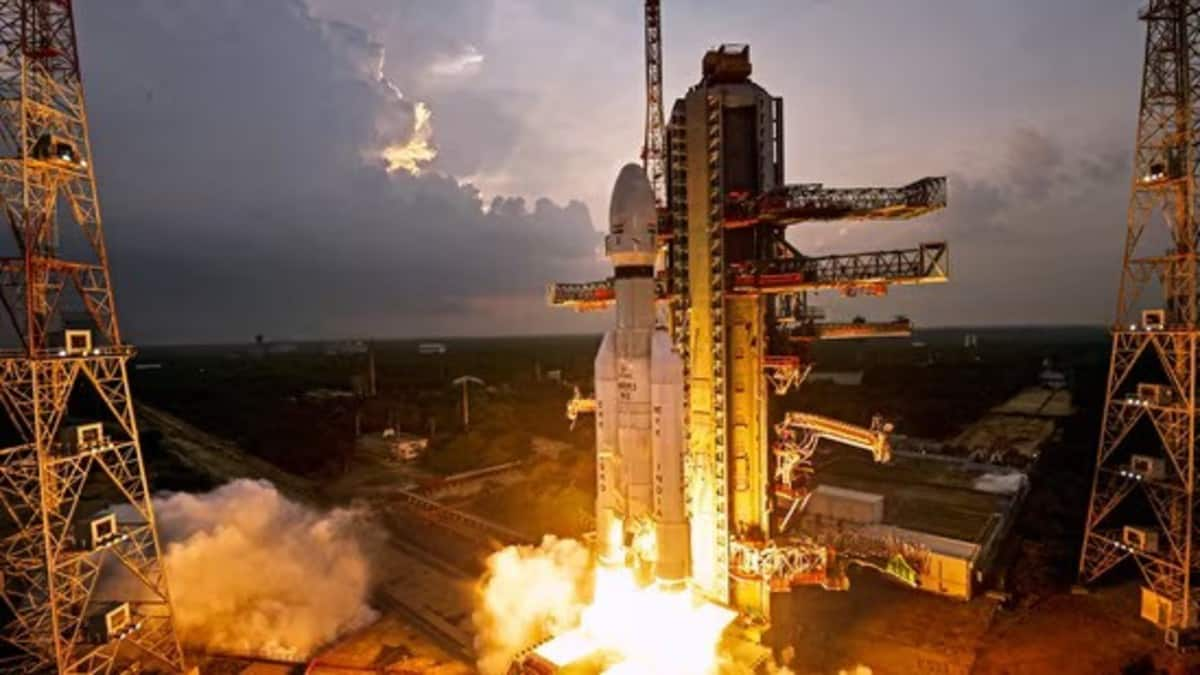
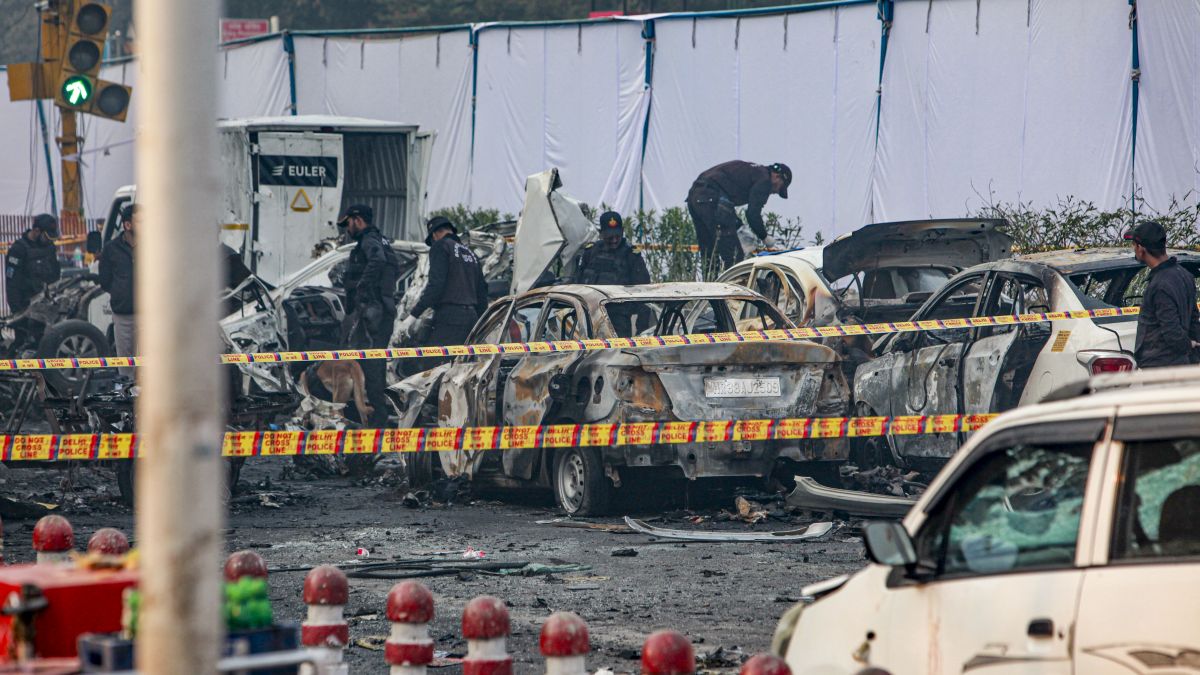)
)
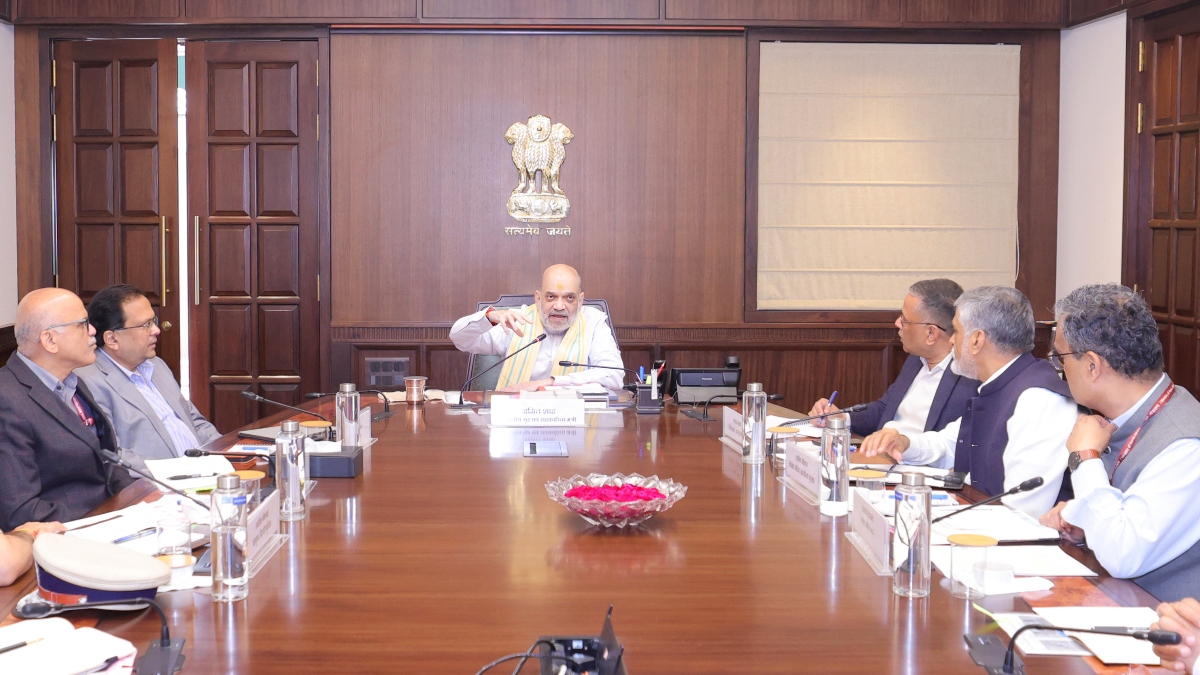)
)
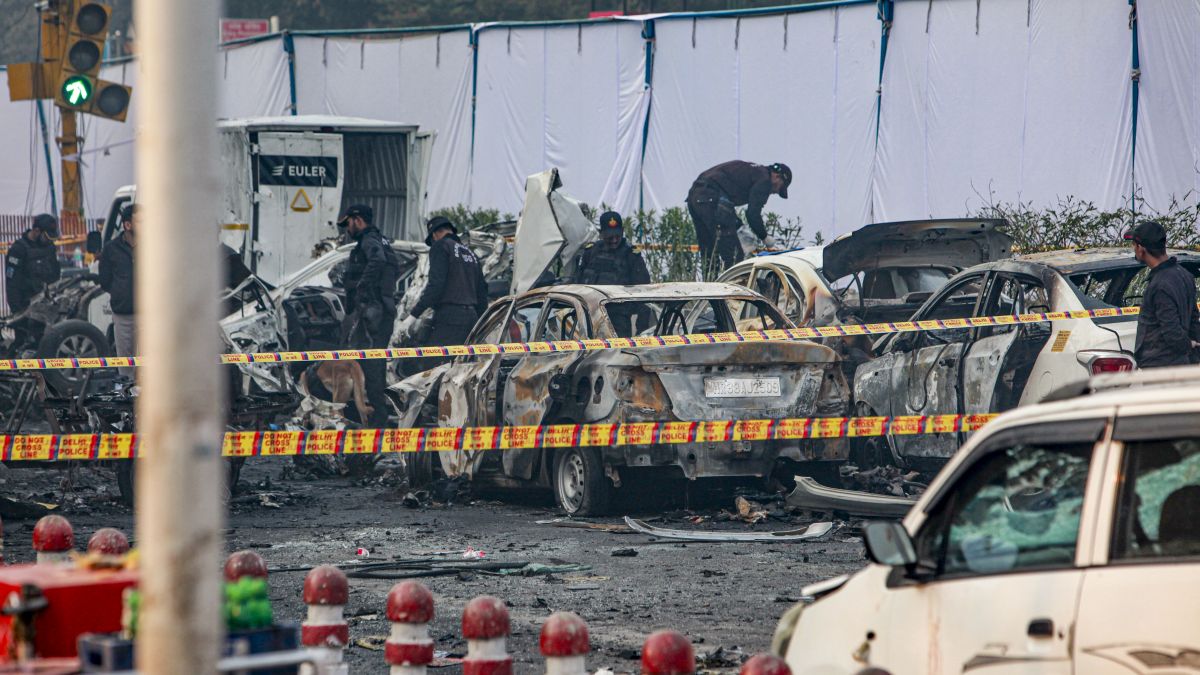)
)
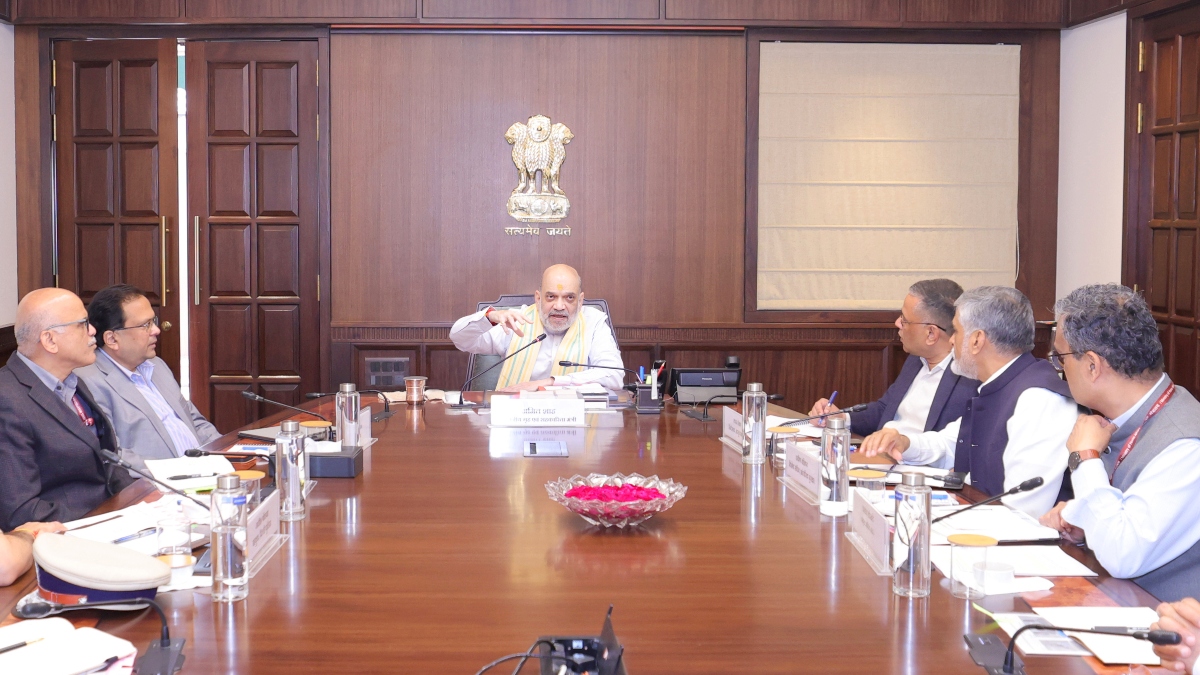)
)



